Interviews
Her brother’s reasons as a No-No Boy
He had answered “No” to those two questions, because he said, “No, I’m a pacifist, I don’t believe in killing, and therefore I wouldn’t bear arms under any circumstances,” and the second, he said, “No, because I didn’t swear allegiance to the emperor of Japan in the first place, and so why should I forswear allegiance?” And so he answered “No” to the questions. And – as I said, apparently, nobody read the questionnaires after – we had left camp anyway.
So about a year – we were in Cincinnati for about a year, at University of Cincinnati, and the FBI came to his rooming house to ask him, with a copy of his questionnaire, to – if he would change his answers to “Yes.” And I remember Mike said he – said, “No,” he wasn’t gonna change it. And – and I remember yelling at him, I said, “What? Are you crazy?”
Of course he was expelled from the school. Because…the school – well he wasn’t expelled actually; they said that they were doing “sensitive war work on campus,” and therefore, the campus was “off-limits” to him. And so then he was not able to take his final exams at the end of his first year. And so then he failed all his classes. And so then he immediately – he left Cincinnati to go to Boston – he graduated from Boston University later.
Date: August 7, 2018
Location: California, US
Interviewer: Sharon Yamato
Contributed by: Watase Media Arts Center, Japanese American National Museum
Explore More Videos

Studying Japanese to understand her grandfather (Spanish)
Sansei Argentinean

“I had no idea about studying law…”
(b. 1942) The first Asian American woman judge

Being called out of Reserves
(b. 1921) Nisei veteran who served in the occupation of Japan

Fort Snelling
(b. 1921) Nisei veteran who served in the occupation of Japan

Traveling from Manila to Tokyo
(b. 1921) Nisei veteran who served in the occupation of Japan
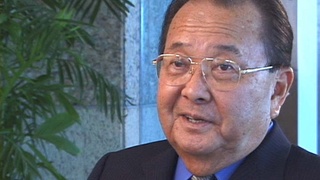
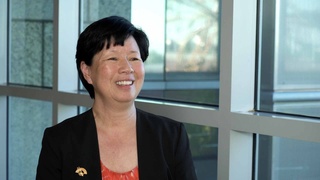
Camp stories impact on her career
Sansei judge on the Superior Court of Los Angeles County in California

Delivering know-how to the next generation (Japanese)
(1911-2010) Founder of JACTO group
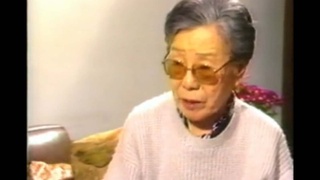
Opening a Japanese-style all-girls' school in Brazil (Japanese)
Issei, Pioneer of women's education in Brazil
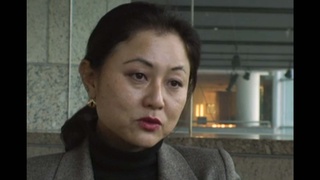
Concentration camp from a Japanese mother’s point of view (Japanese)
Shin-Issei from Gifu. Recently received U.S. citizenship
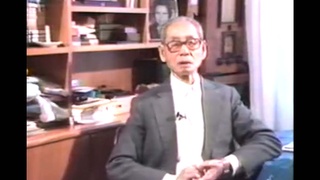
Life as a student in São Paulo (Japanese)
A central figure for the “Makegumi” (defeatists)

Makegumi - Movement to regognize the defeat of Japan (Japanese)
A central figure for the “Makegumi” (defeatists)

Parents were willing to send her to medical school
(1913-2013) Doctor specializing in obstetrics in Southern California

Getting good guidance
(1913-2013) Doctor specializing in obstetrics in Southern California

Facing hardships in Japan (Japanese)
(b. 1979) Sansei Nikkei Brazilian who lives in Oizumi-machi in Gunma prefecture. He runs his own design studio.
